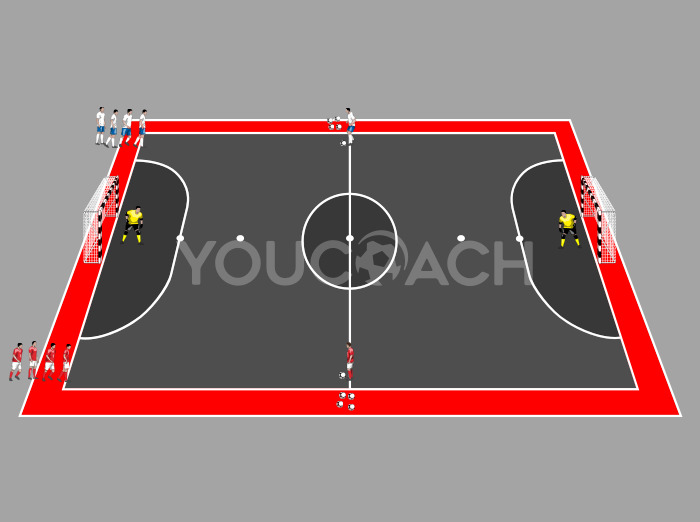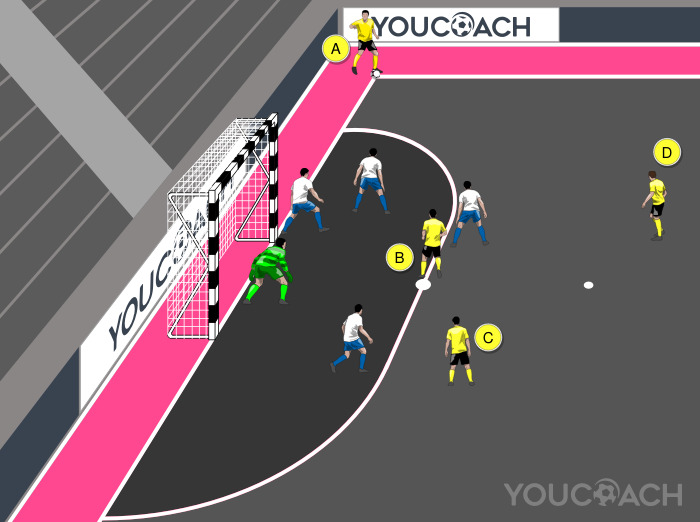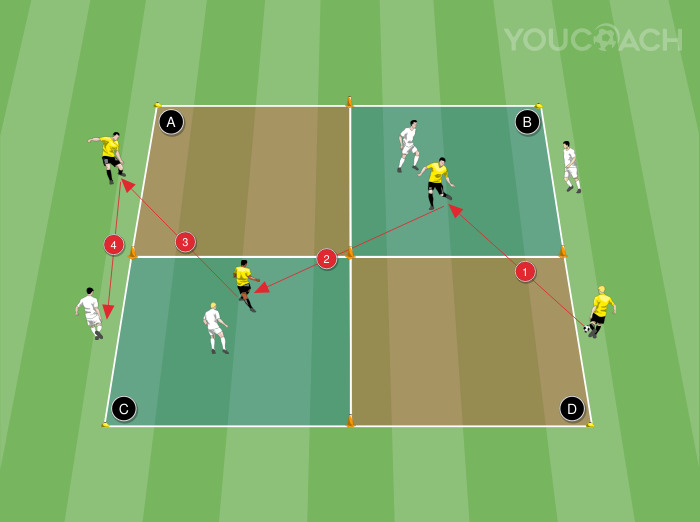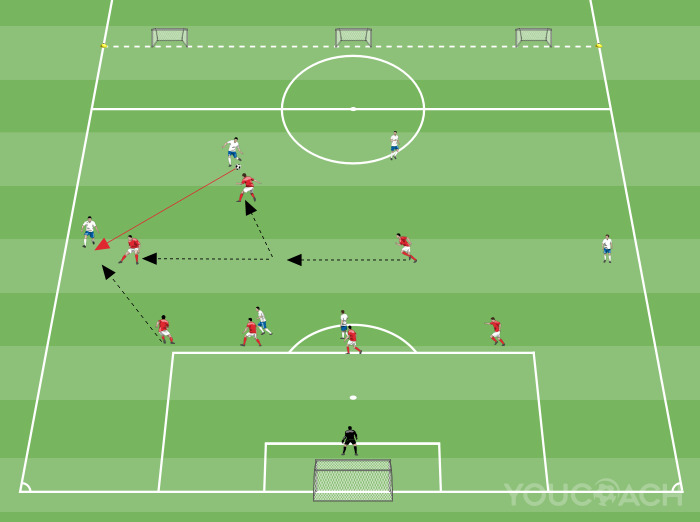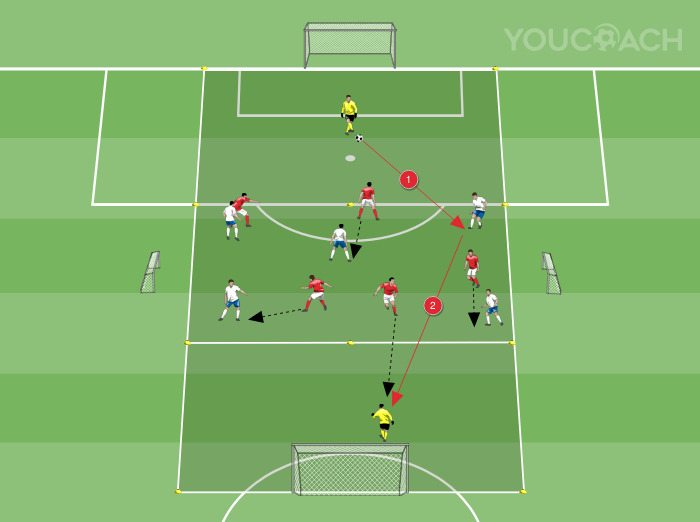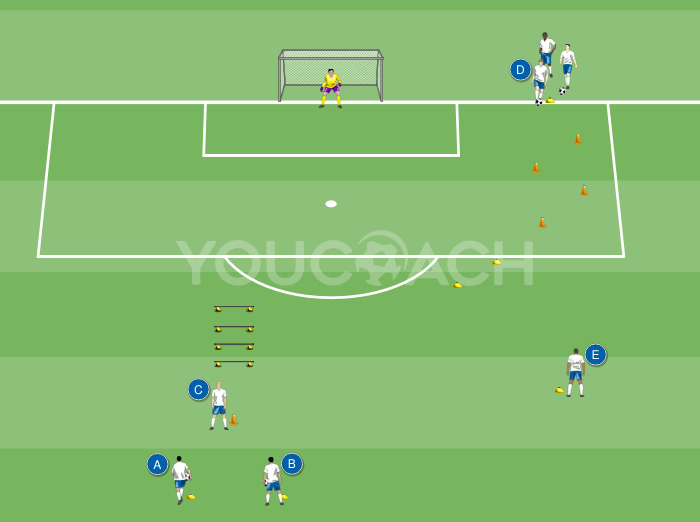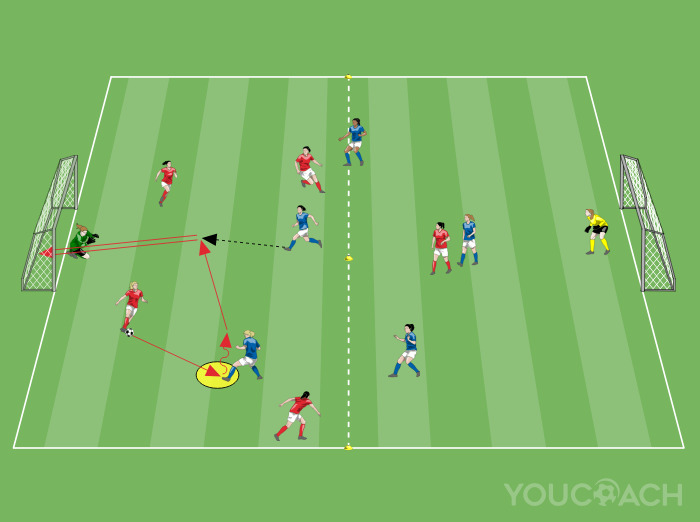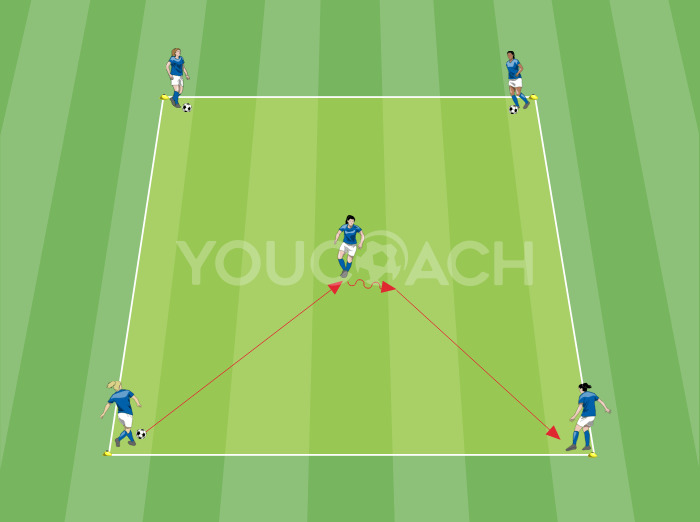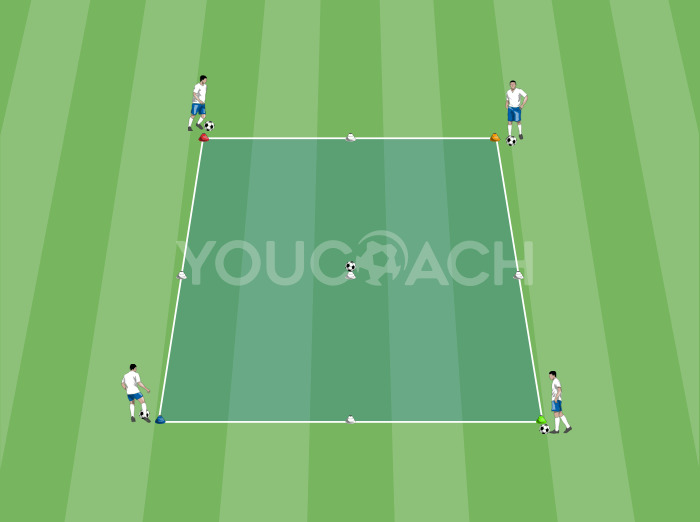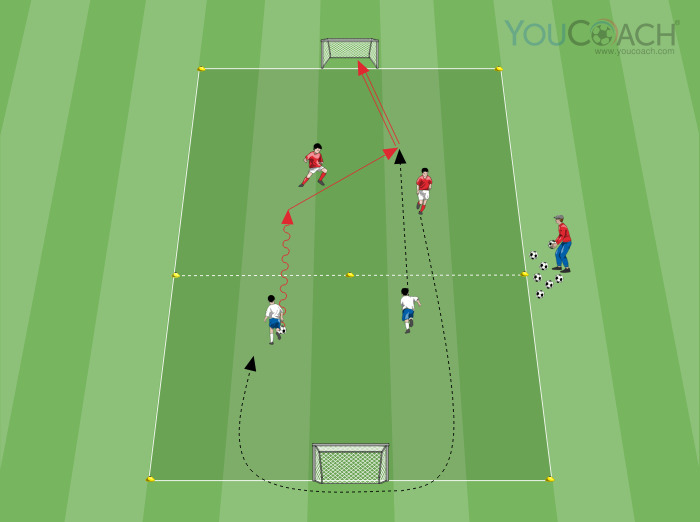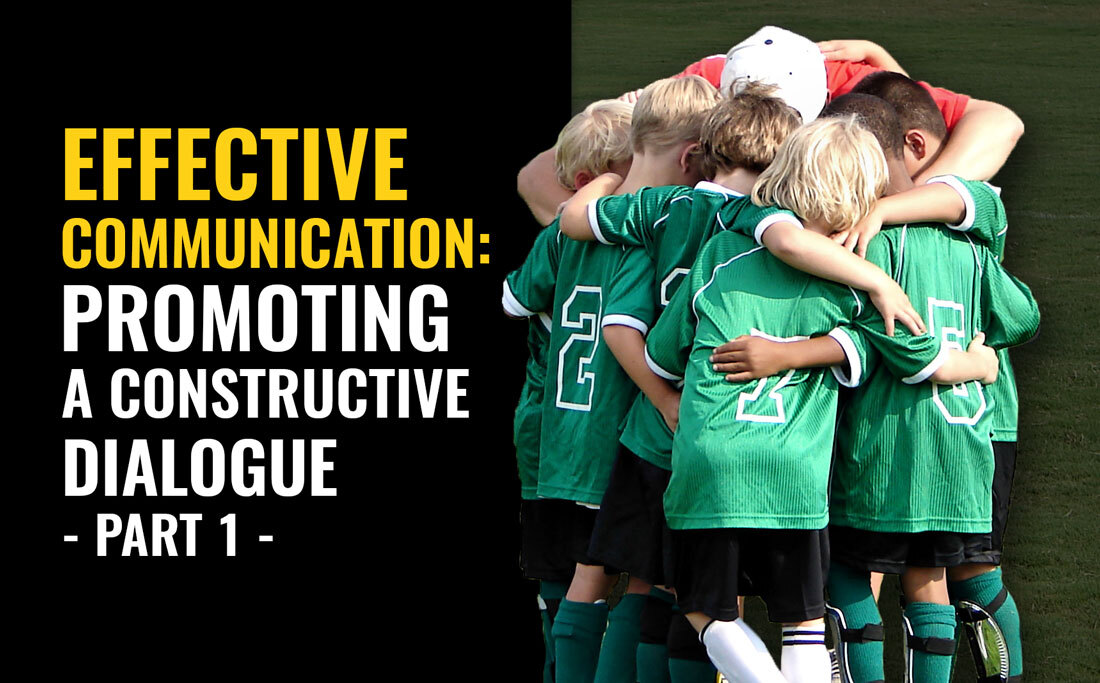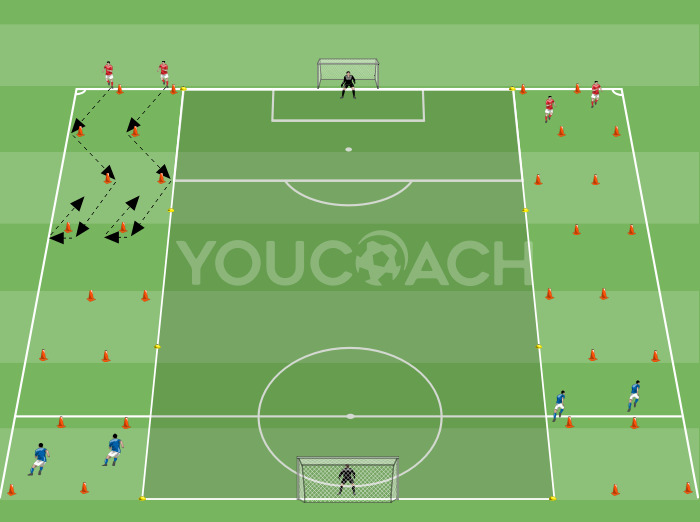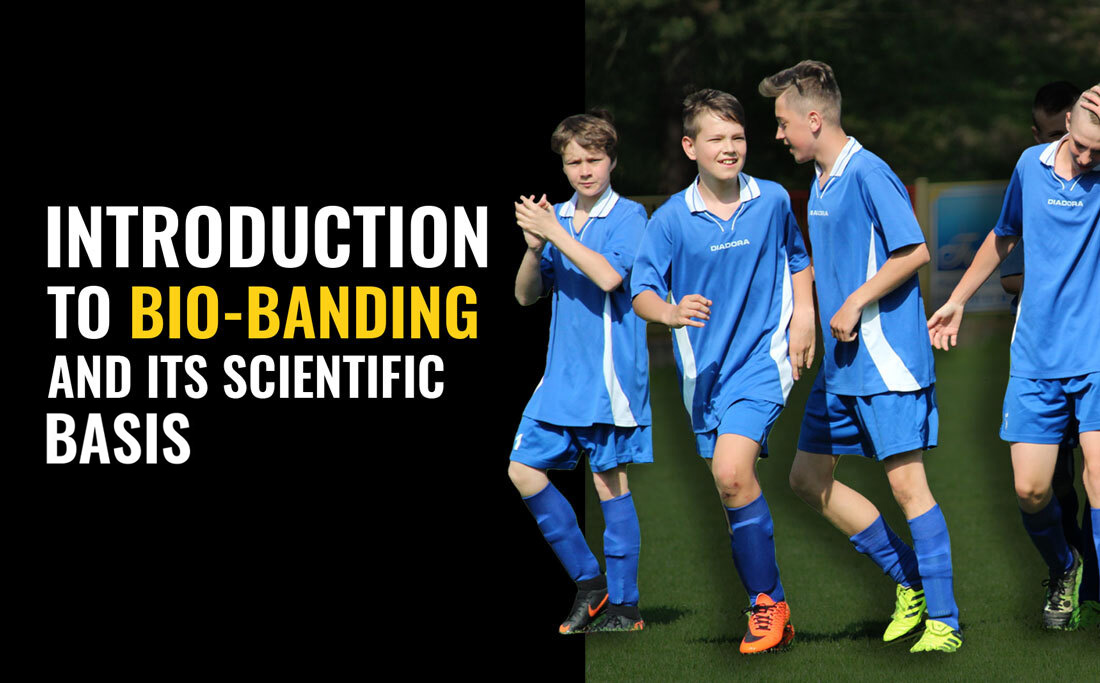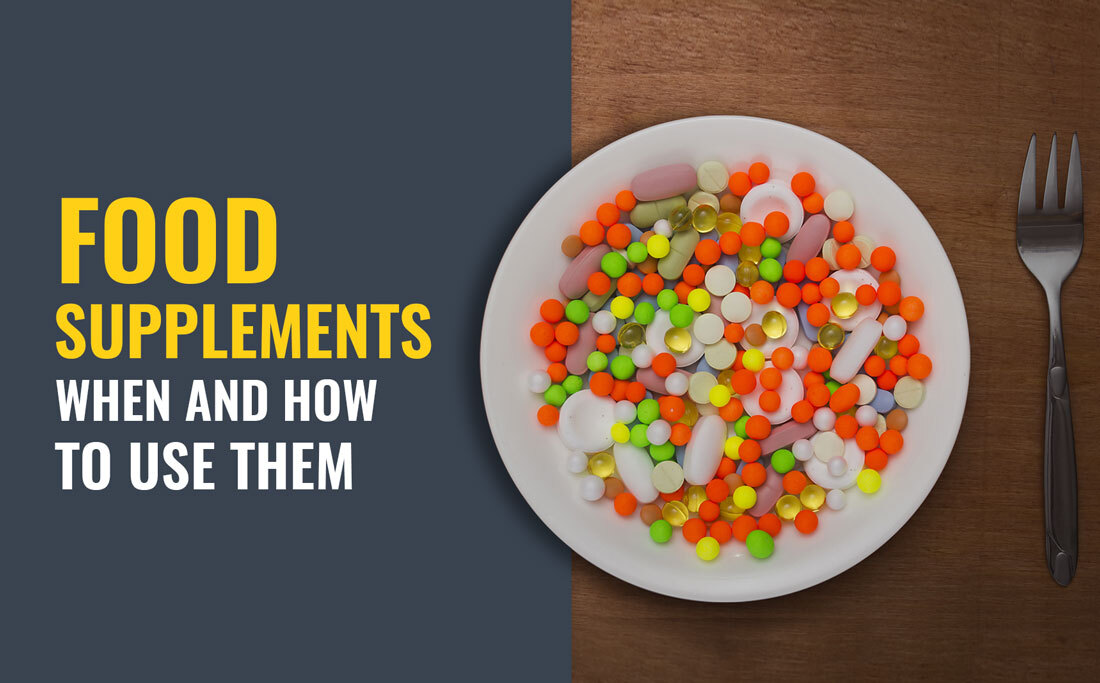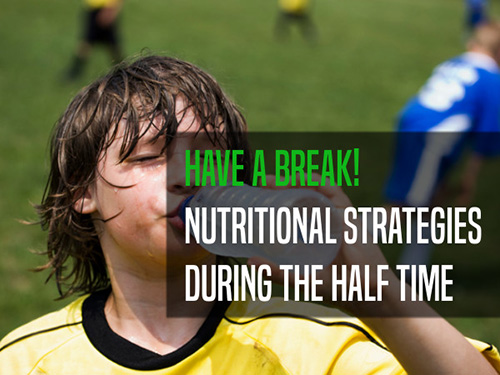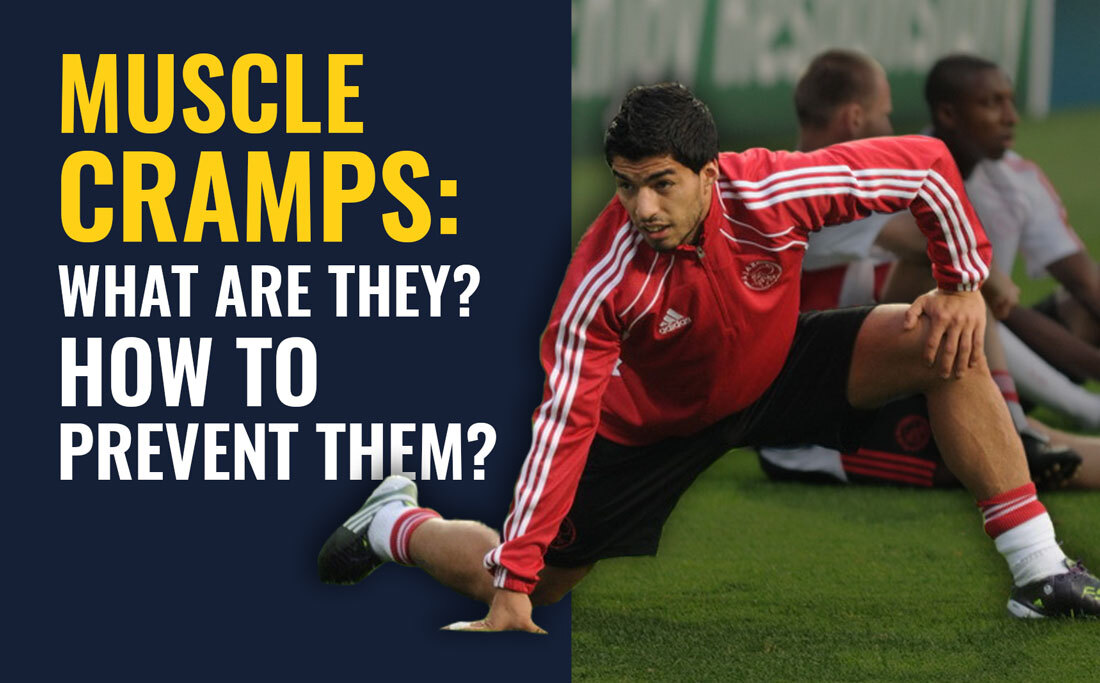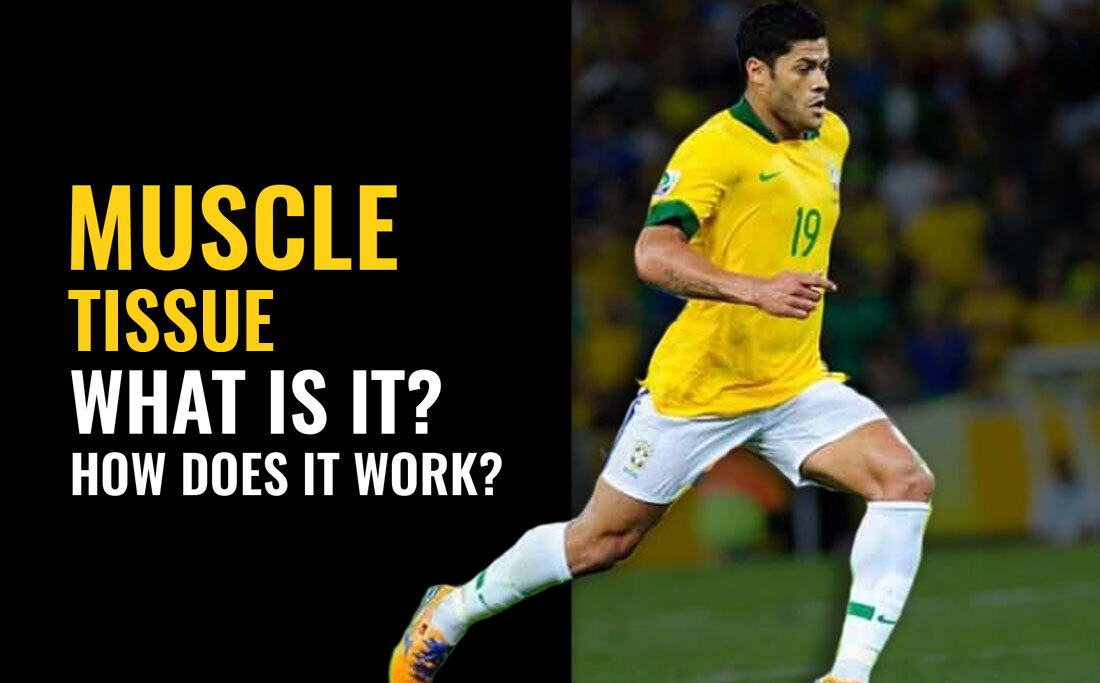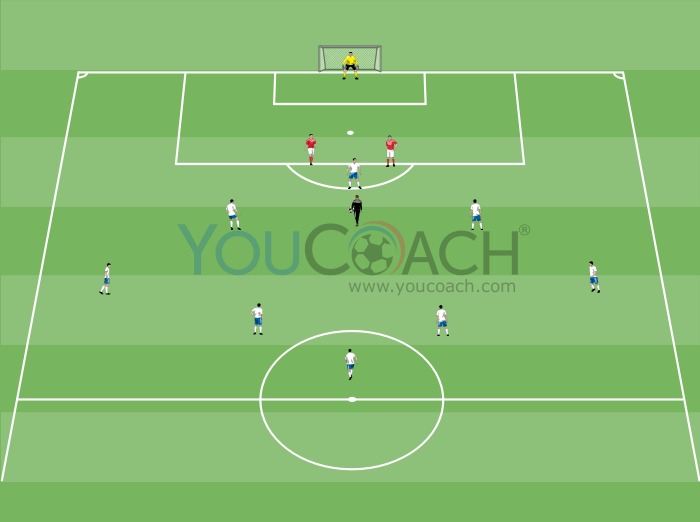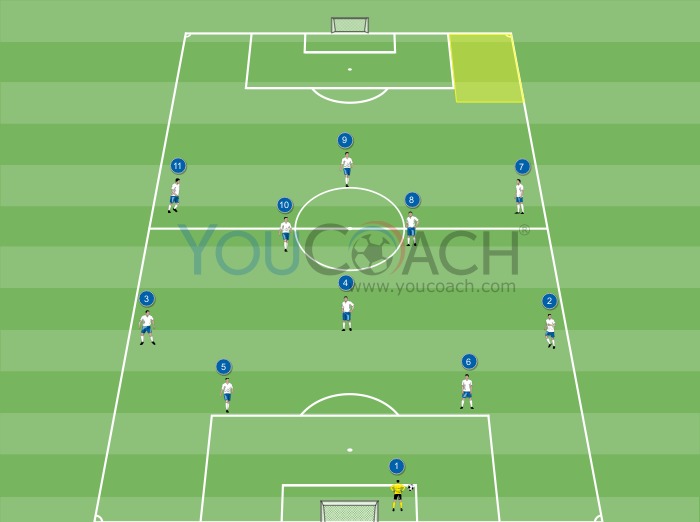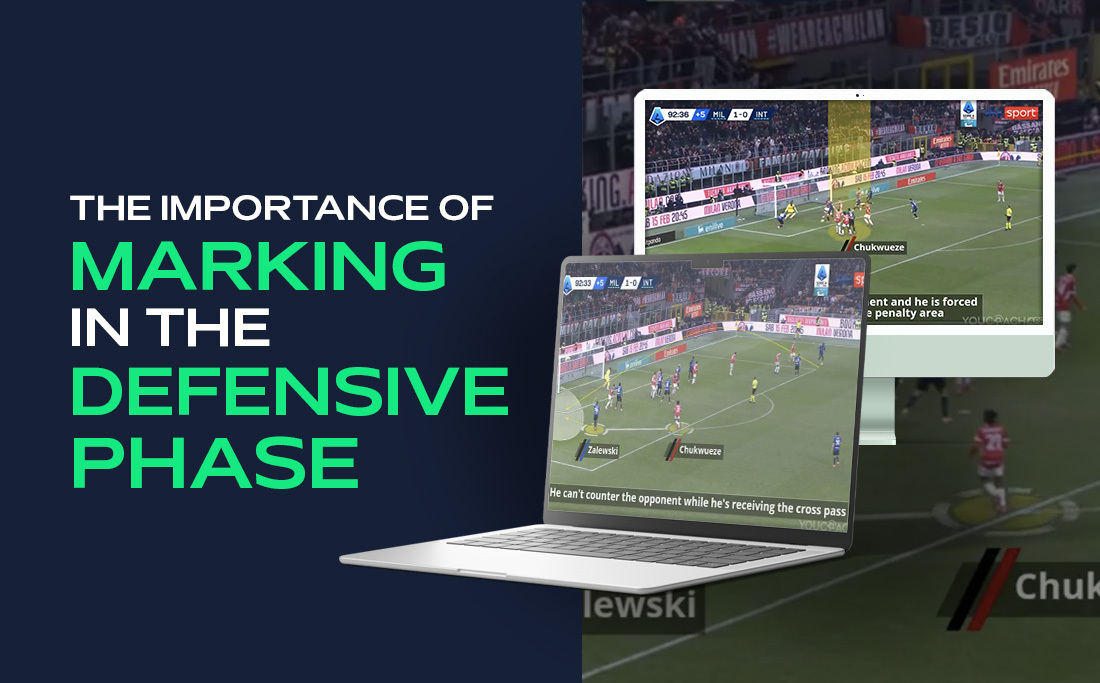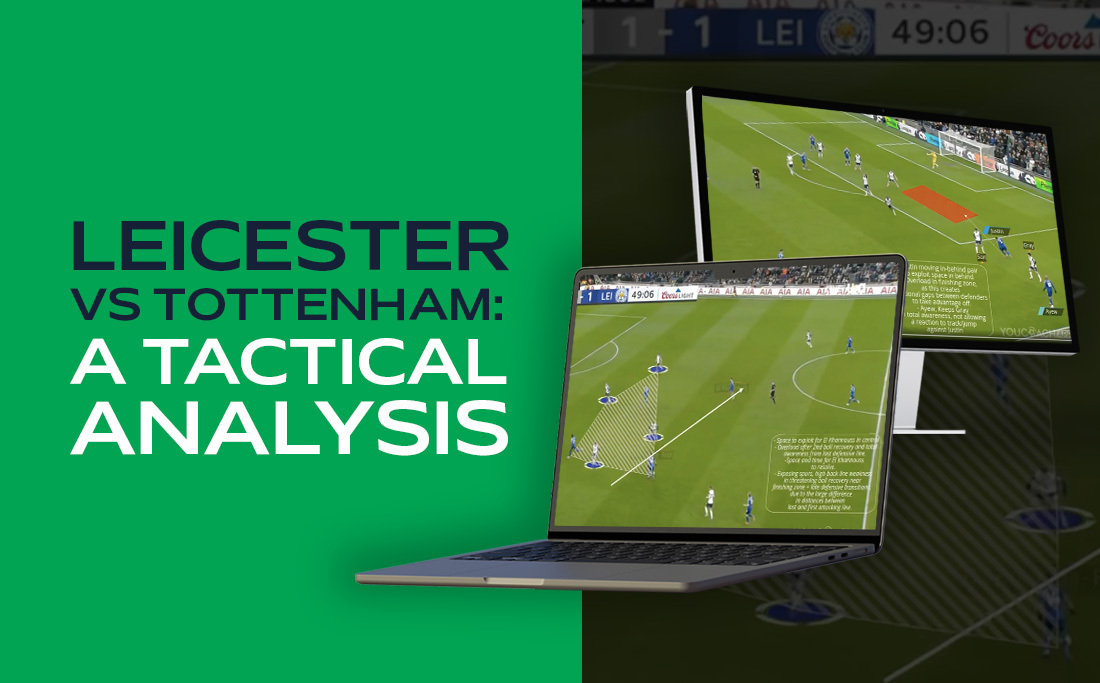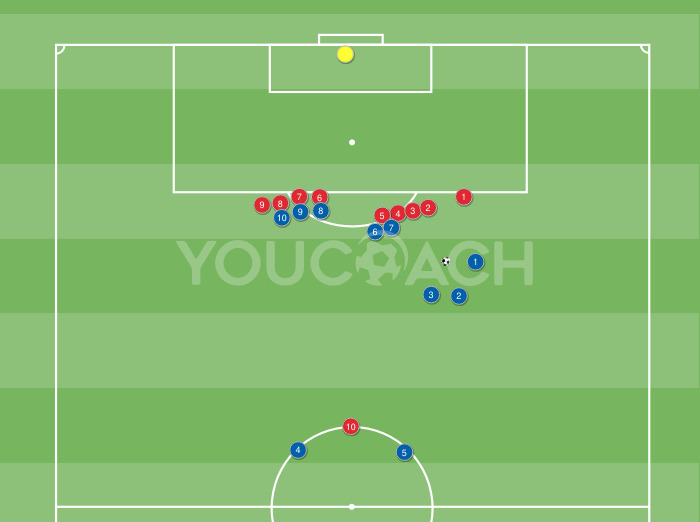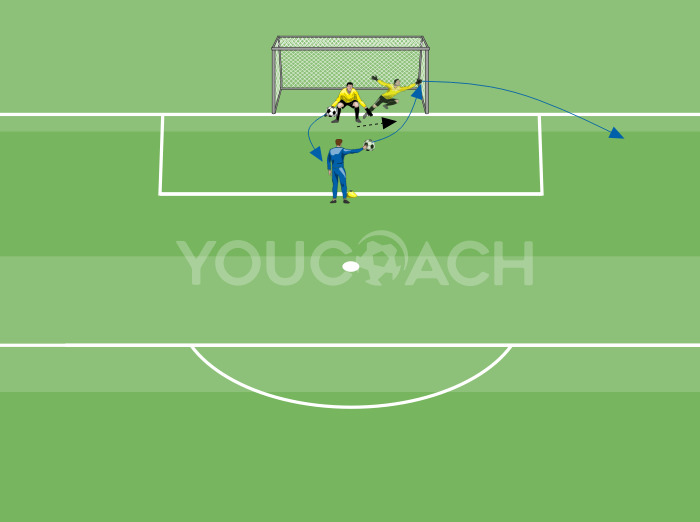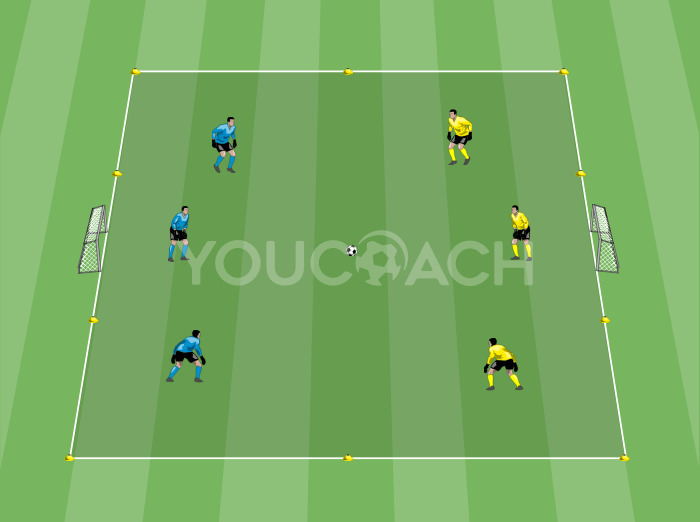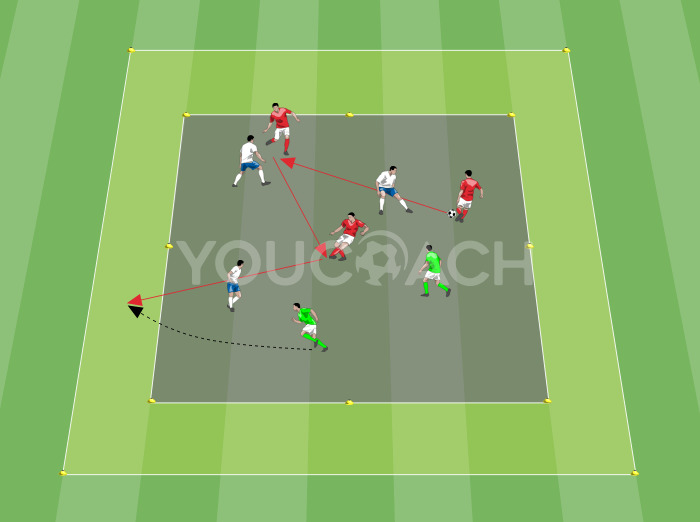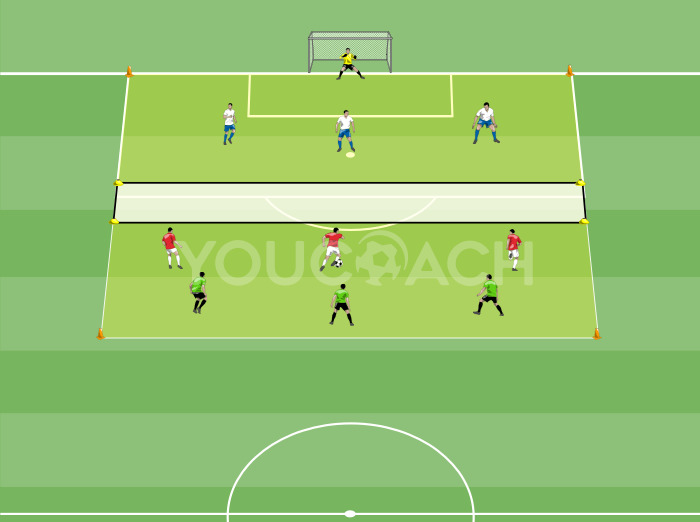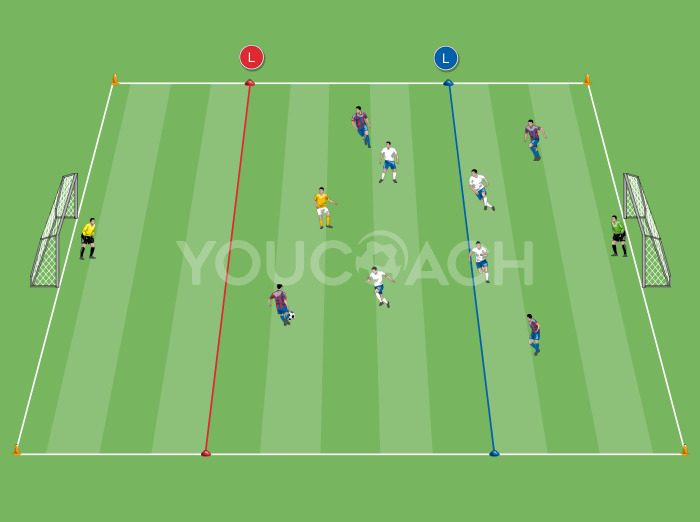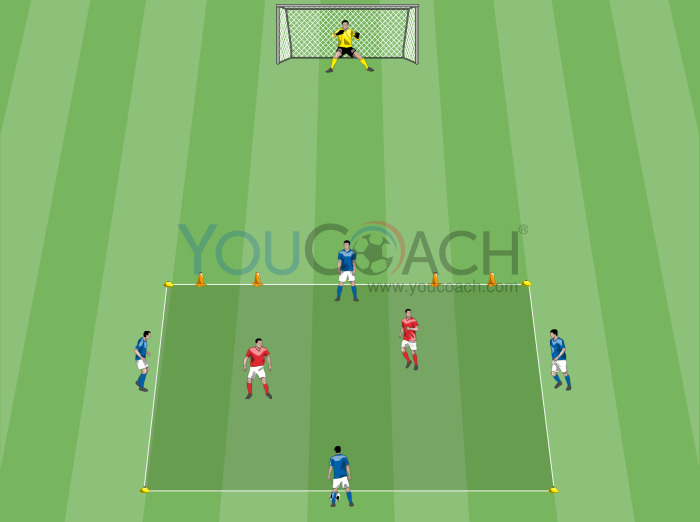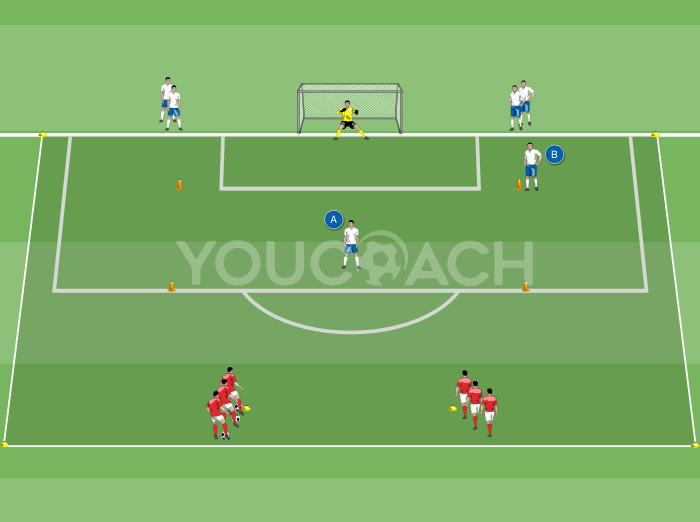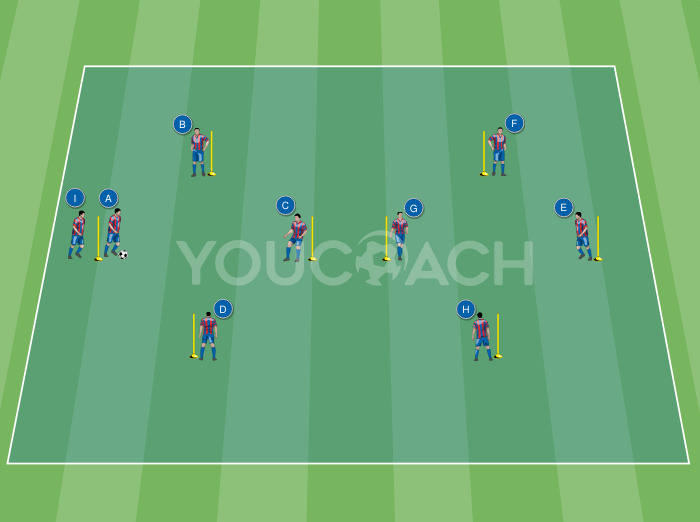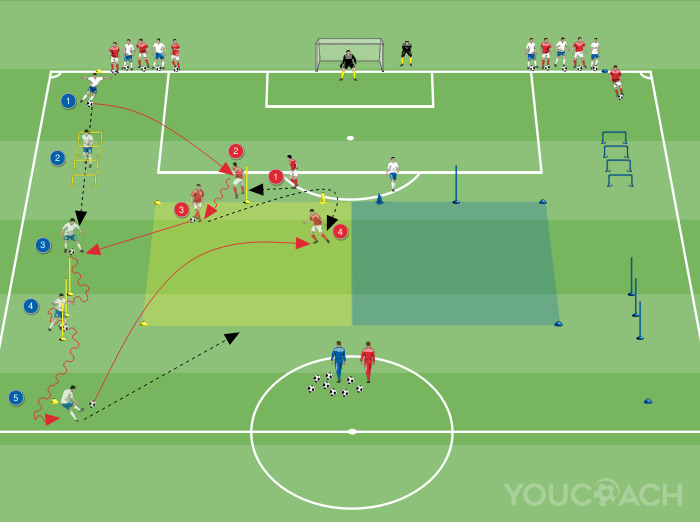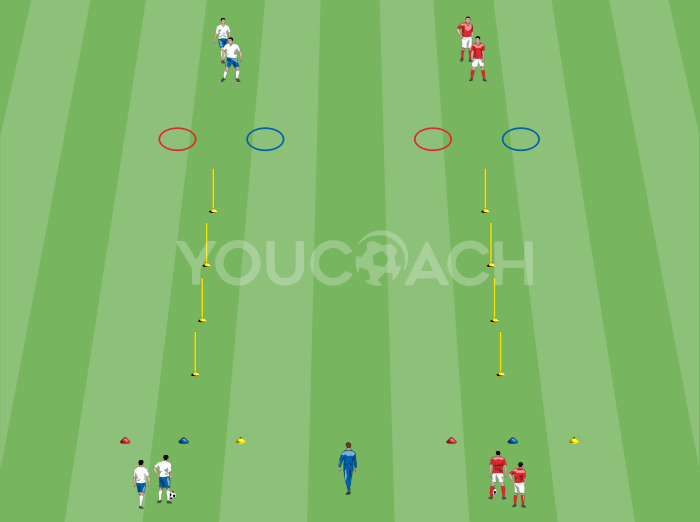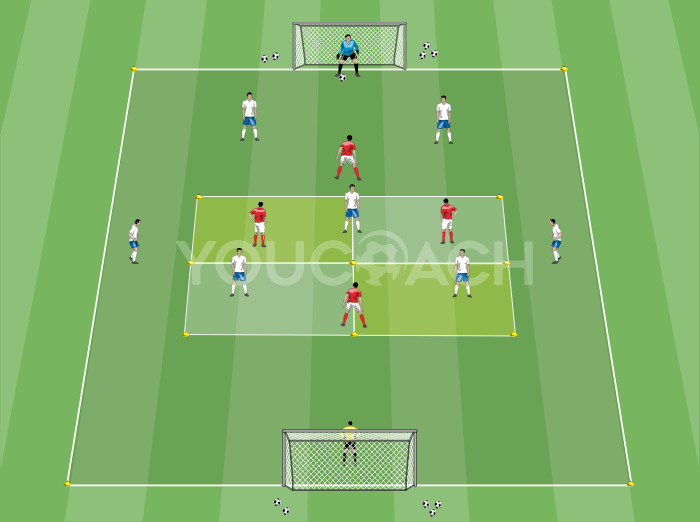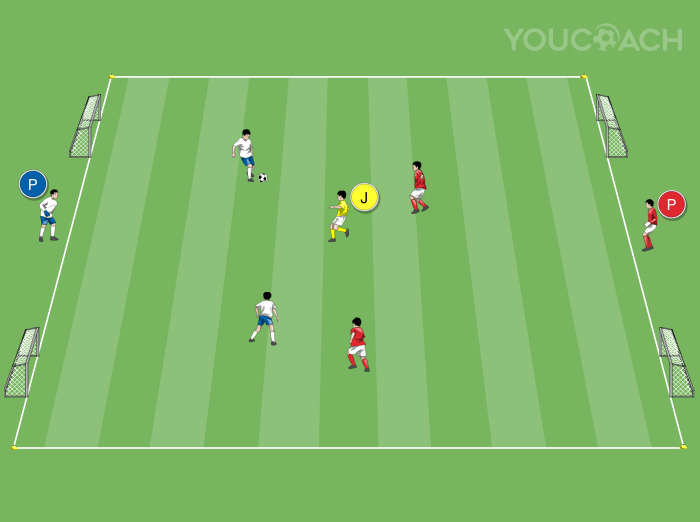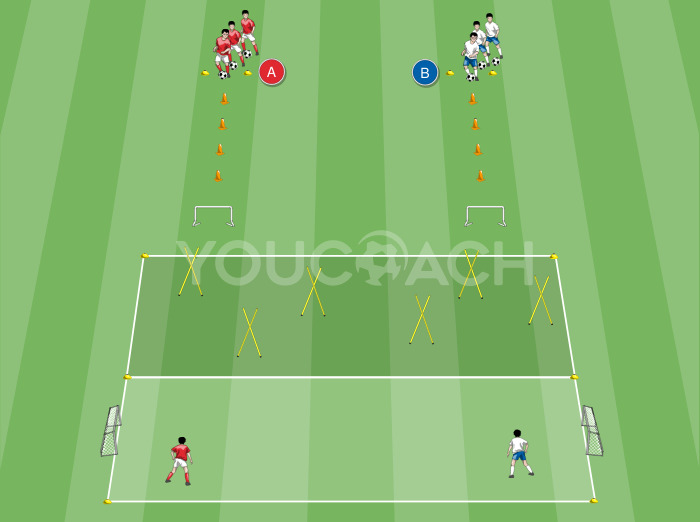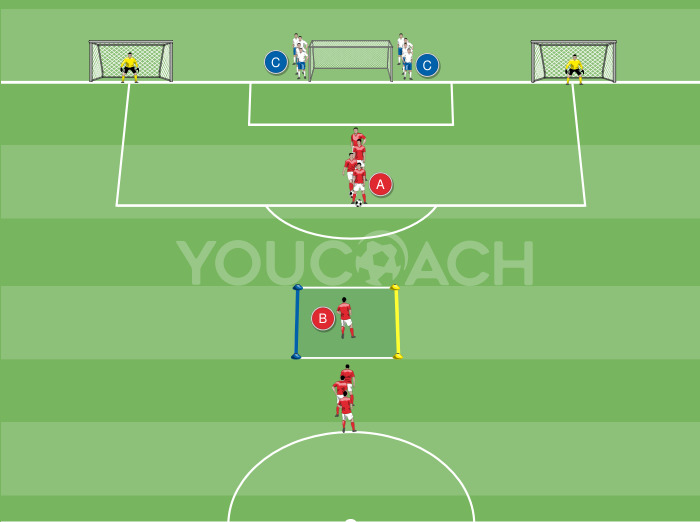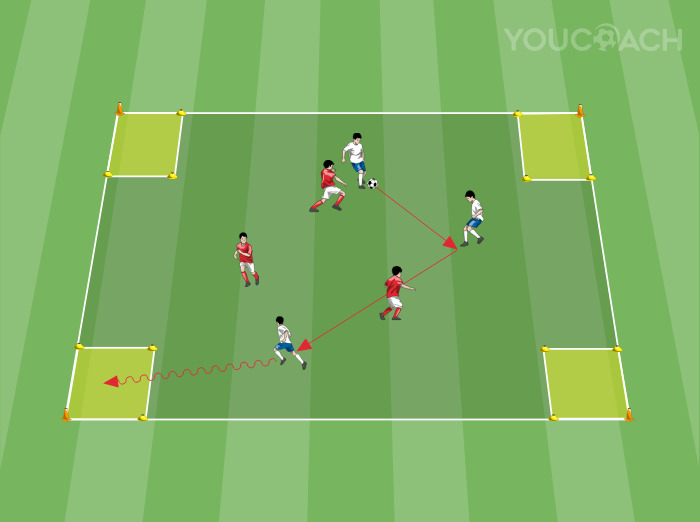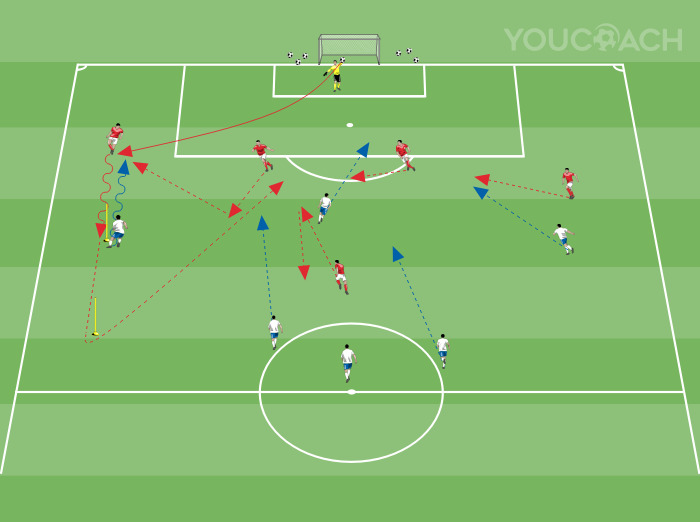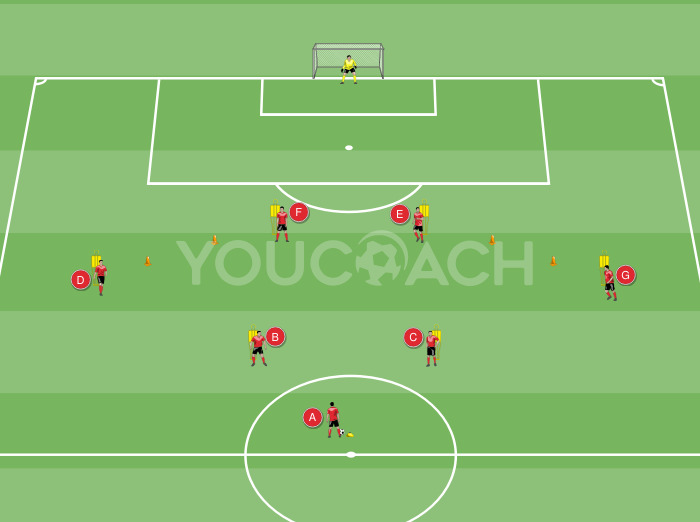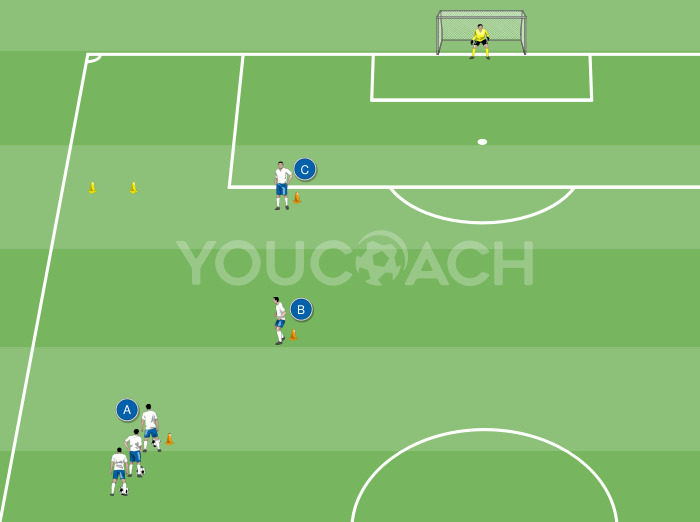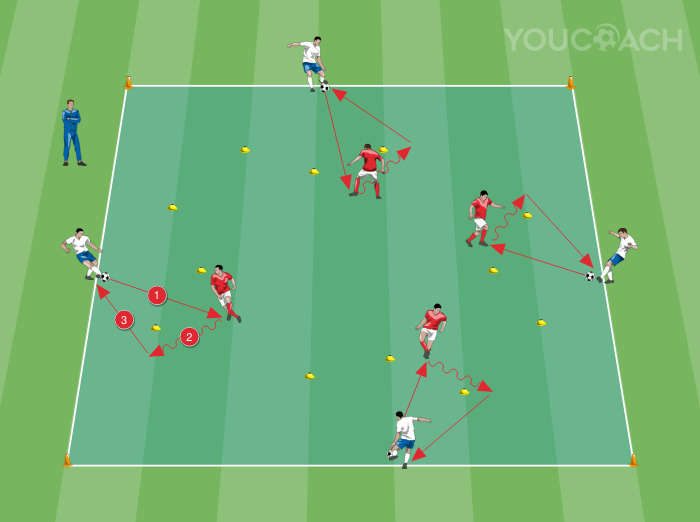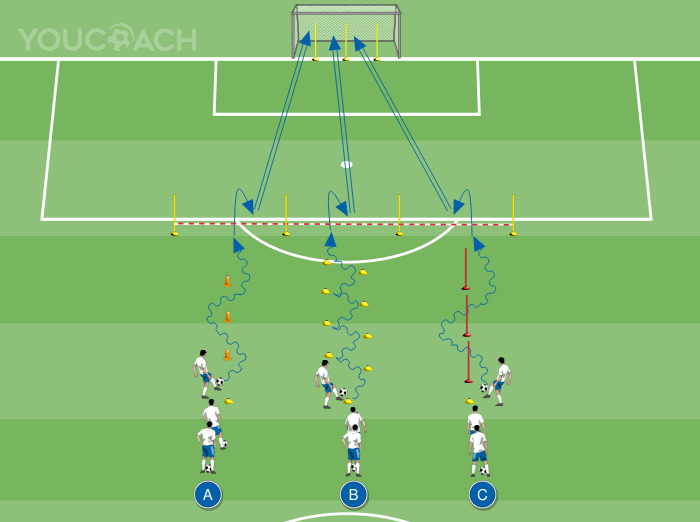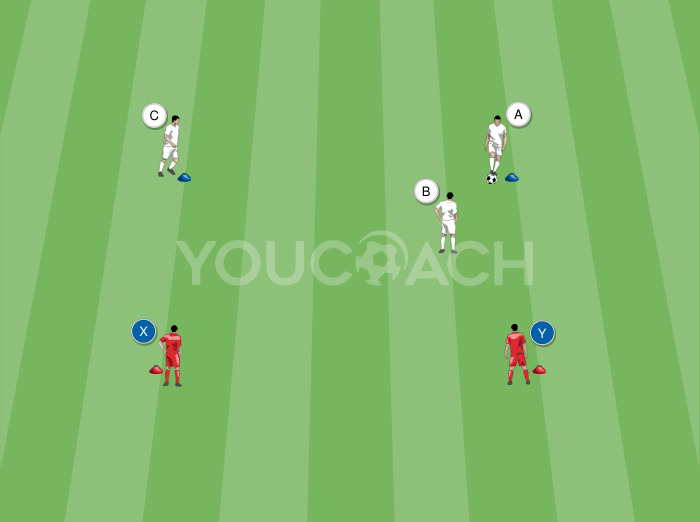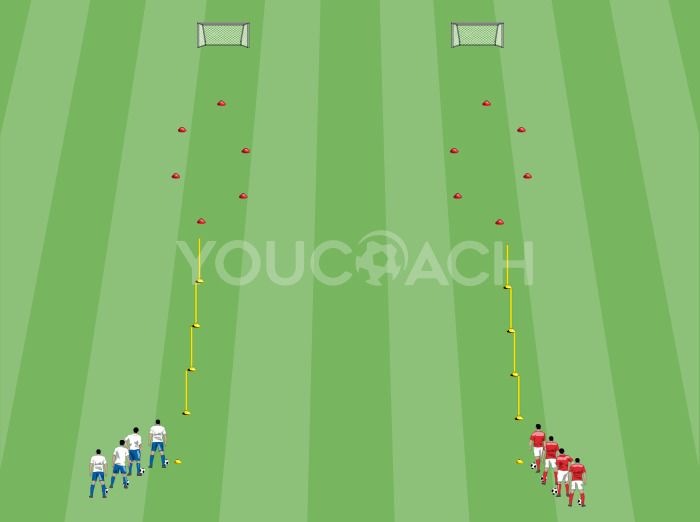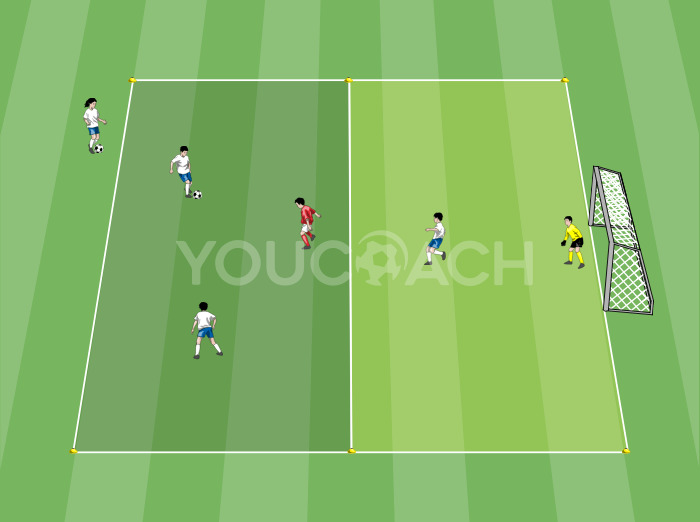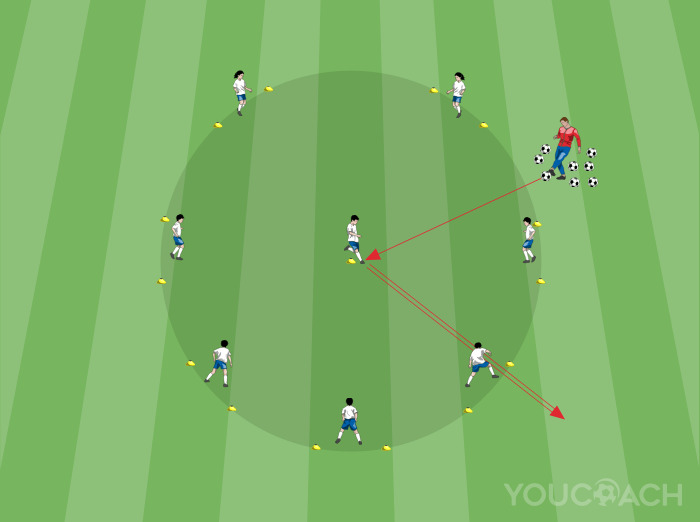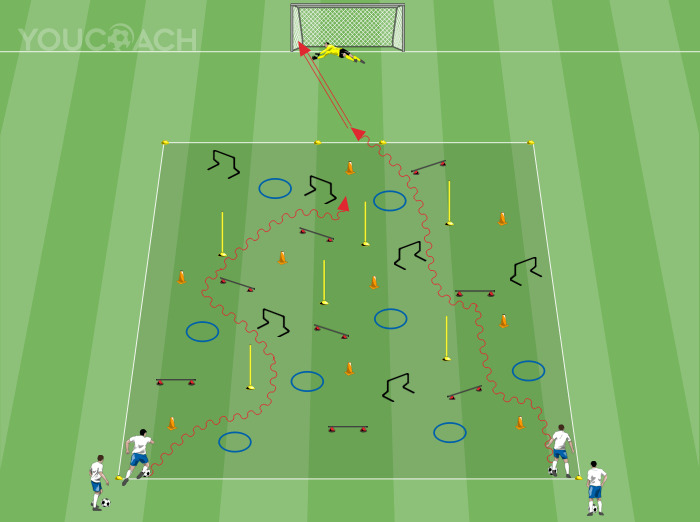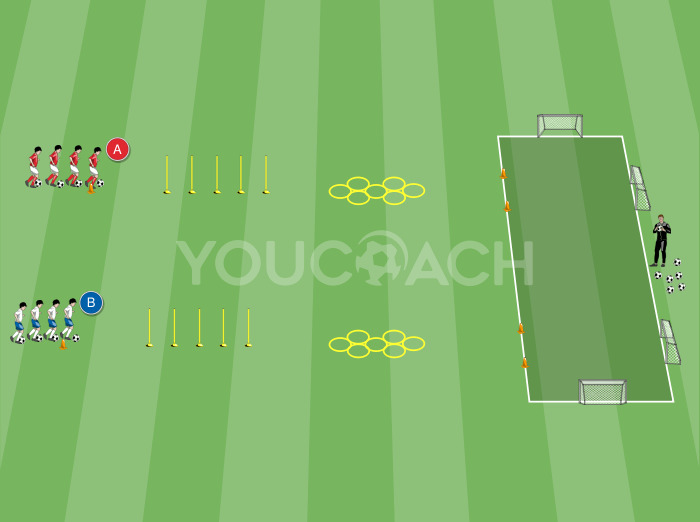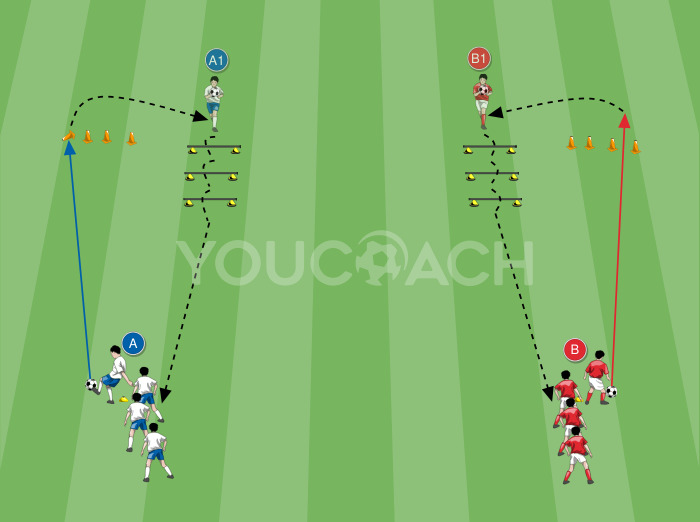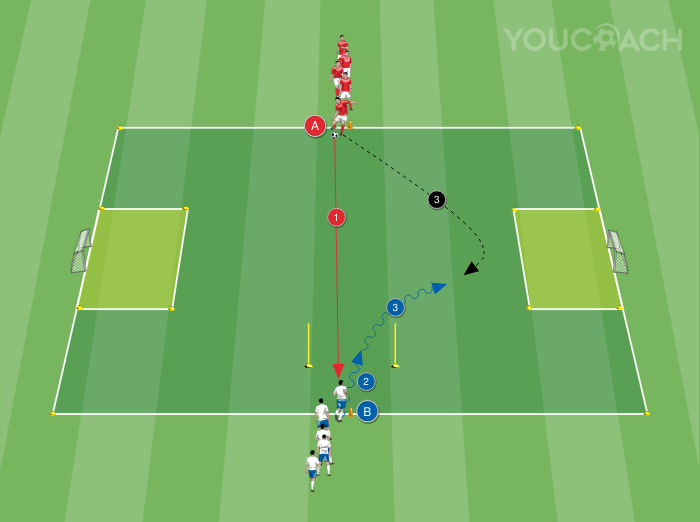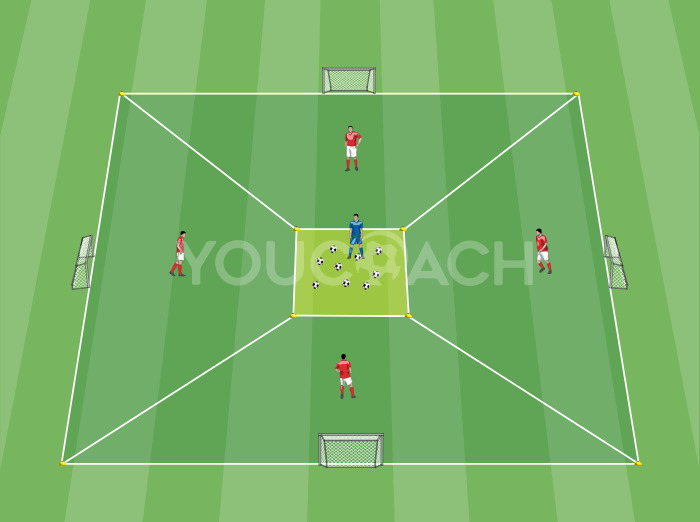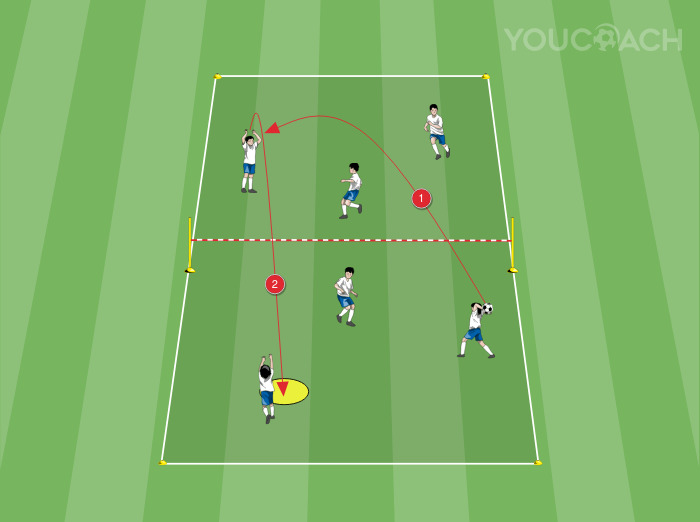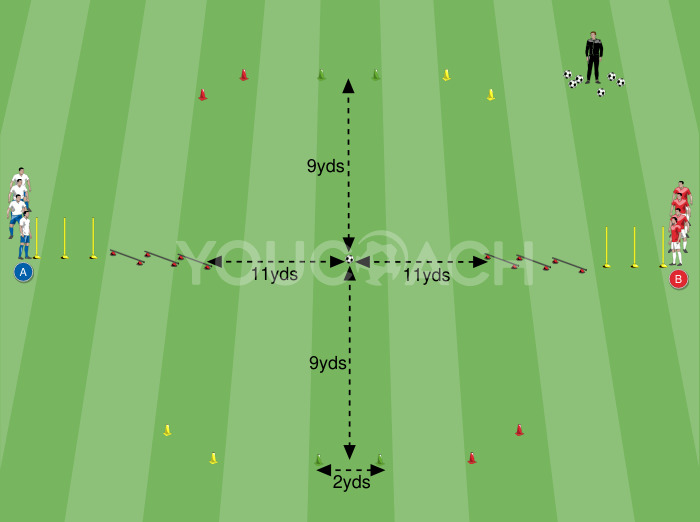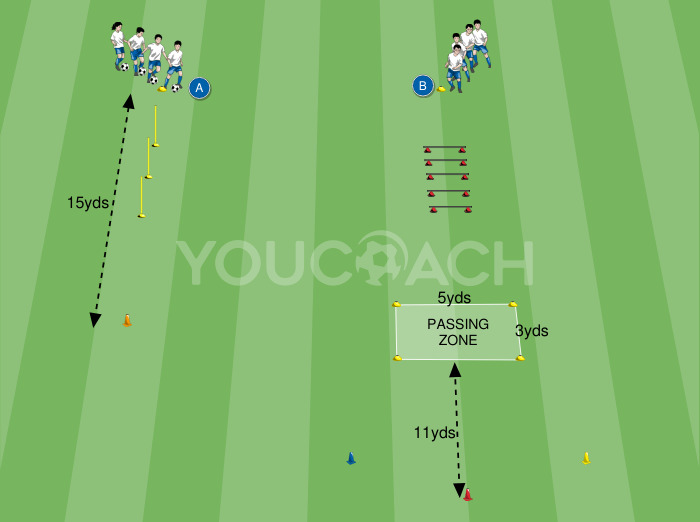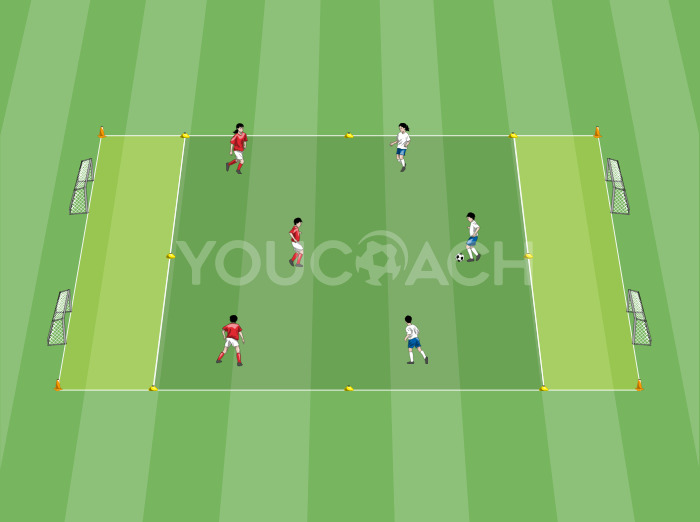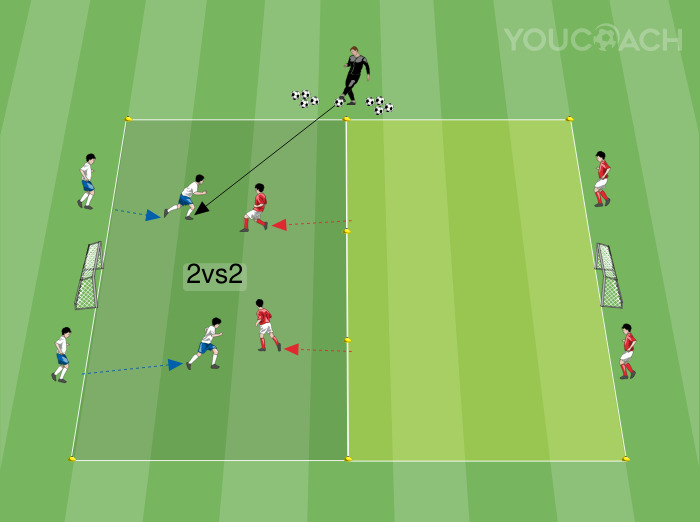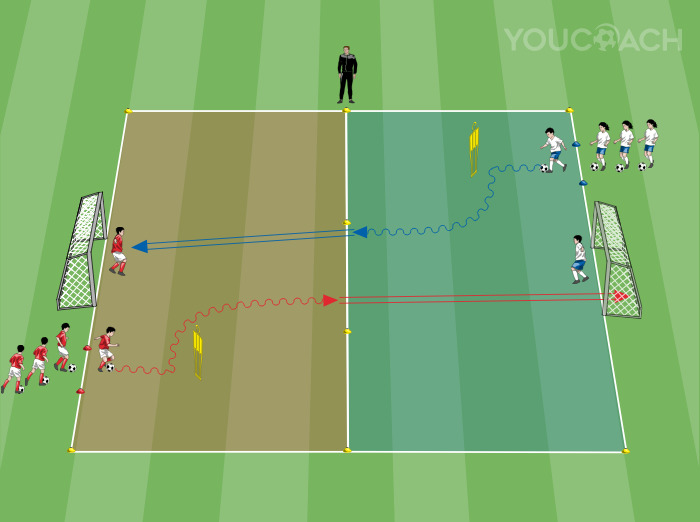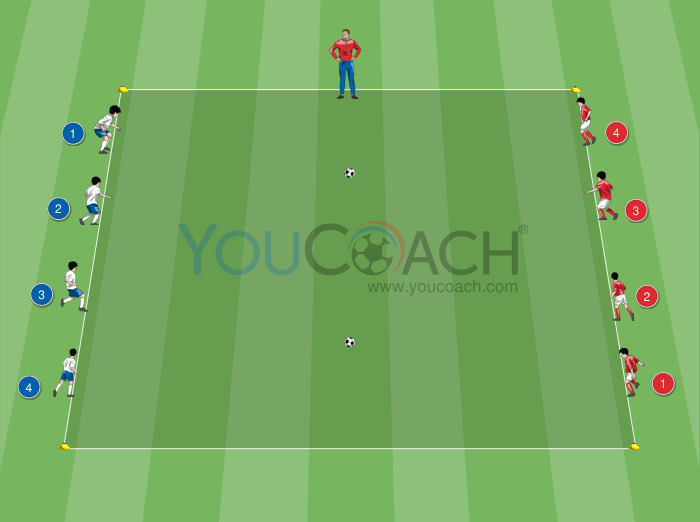Small-sided Game: The pentagon
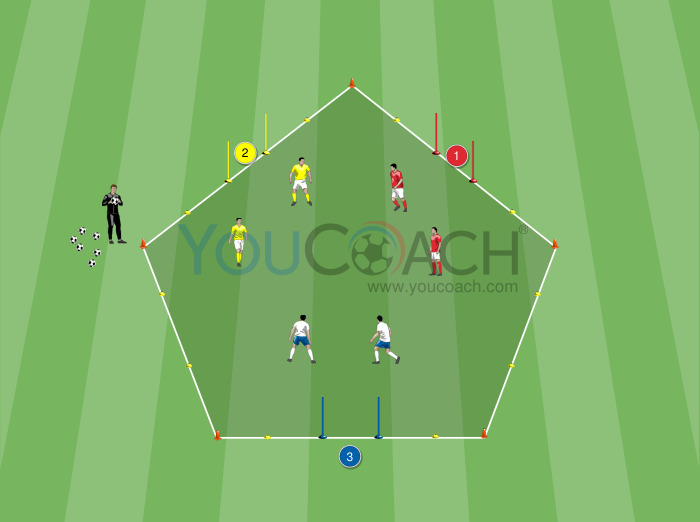
- 5 cones
- 6 poles
- Markers
- Balls
- 4 vests (2 per color)
- Playing Area: 20x20 meters / 22x22 yds
- Players: 6
- Duration: 15 minutes
- Series: 3 of 3 minutes each with 2 minutes of passive recovery in between series
| Summary | Secondary Objectives |
|---|---|
|
Improve high-intensity technique by training reaction, adaptation, anticipation, and transformation skills |
Combination play, Situations, Passing, 1v1 attacking, 1v1 Defending, Anticipation, Intercepting, Vestibular information, Duels, Wall Pass, Give and support, Read the intentions, Reading trajectories |
Create a pentagon with equivalent sides, using the five cones. Each side has a length of 7 meters. Outline the perimeter of the pentagon using the markers. In three of the five sides of the pentagon, place the poles in pairs, forming mini goals no wider than 1 meter (as in the picture). Divide the six players into three teams and arrange them inside the playing area. Assign each team one of the three goals (e.g. red team - goal 1, yellow team - goal 2, white team - goal 3). Keep a good supply of balls around the playing perimeter.
- The coach throws the ball into the center of the pentagon, starting the game with a ball duel
- Each team is tasked with scoring in the goals of the two opposing teams and defending their own
- The team with the greatest goal difference between goals conceded and goals scored wins

- No limitations on ball touches
- One can score in any way
- Throw-ins are awarded to teams sequentially (e.g., white, red and yellow), regardless of who was the last player to touch the ball before it came out
- Impose a defined number of ball touches (e.g., a maximum of three)
- The game can be played in a two-color versus one-color situation (i.e., 4 v 2), varying the team in numerical inferiority at the call of the coach or with a predetermined sequence. That is, each time a game action ends, play is restarted with the new sequence and color pairing
- Special attention should be paid to the players' ability to occupy the correct areas of the pentagon
- The drill involves several variables (scoring is based on goal difference, throw-ins are sequential, and there are two goals to attack for each team), making it complicated for players to assimilate. Proposing this drill several times within the season will better train various aspects such as focus, position, match rhythm, peripheral vision, reaction and adaptation skills
- Stimulate intensity, having to face two different opponents will lead to having few breaks within the pentagon and very often 1 v 1 situations
- High intensity and multiple variables will train players' quick thinking and cognitive resources


